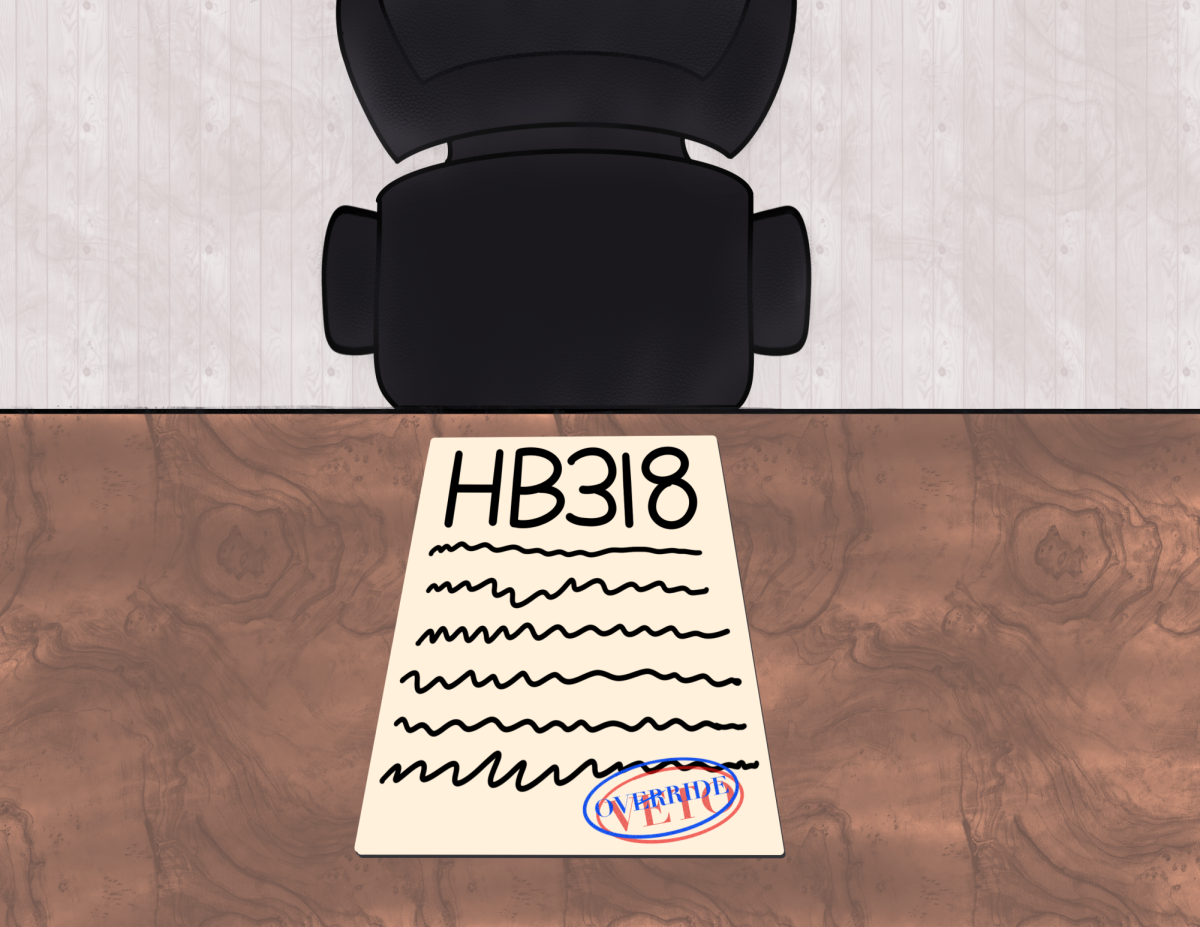The Alternative Spring Break program began in 1999 in response to Hurricane Mitch when a group from N.C. State partnered with Habitat for Humanity and traveled to Honduras. The former director for Center for Student Leadership Ethics and Public Service led the program for two years until it was changed to a more student-led model with advisor support, according to Adam Culley, faculty advisor and assistant director of the CSLEPS.
Out of about 350 to 400 applicants, 250 students were chosen and 100 were wait listed for the Alternative Spring Break program, which is a greater number than past years, according to Adam Culley, faculty advisor and assistant director of CSLEPS.
Kurt Saenger-Heyl, a senior in electrical engineering and an ASB team leader, said the growth comes with the responsibility to ensure the program continues satisfying its original purpose, to have students reflect and develop while working through social issues.
“We want to take them out of their comfort zones and to create these good discussions while doing good for the world community,” Saenger-Heyl said.
Currently, there are about 20 trips that students can choose to partake that cover topics such as social justice, housing, world hunger, poverty, global health, water safety and education that occur in the fall, winter and spring that could take place both in the United States and abroad, according to Culley.
In order to attend an ASB trip, students must complete an application in which they rank their top three destinations and write an essay about why they chose these locations. Team leaders then review the applications through a blind-review process and make teams based on a variety of demographics,according to Culley.
According to Saenger-Heyl, the application opens early in September with acceptance notifications going out later that month. A ceremony is then scheduled where the accepted applicants are told where they will be traveling.
Once teams are set, students have about five months to fundraise and learn about their destination, According to Culley. They also must obtain passports and ensure they have the proper immunizations.
Students are asked to pay for the trips themselves, which can range from $400 to $2,200. However, there are scholarships students can apply for ranging from $200 to $500, according to Culley.
Saenger-Heyl said his trip last year cost him $2,200, but with fundraising efforts, he was able to reduce the cost. Just through family donations he received after sending letters, he received about $700 in addition to money from a fundraiser at an area restaurant.
“The generosity is amazing,” Saenger-Heyl said. “Don’t doubt your family and friends.”
Alzebeth Roman, a senior in accounting and an ASB team leader, said she understands why some students may feel deterred by the cost as she comes from a lower-income family, but tthere is not a price that could be put on the experience.
Roman said because she is a trip leader, the program covers half of the trip expenses. However, Roman said she still fundraises for the other half and has only paid $200 dollars out of pocket for the three trips she has participated in.
Culley said most ASB programs partner with an organization within the community because they are often unfamiliar with the surroundings and don’t want to risk doing more harm than well.
Roman said her favorite experience was being able to allow students to reflect about how the trip had serviced them, how they could bring what they learned back home and how they can best themselves.
“I think people are really important to the success of the world, and if they are not given the support to succeed, we are limiting the success of the world,” Roman said.
Roman said she has been a team leader for two years, taking teams to New Orleans in the spring of 2013 and to the Dominican Republic in the Winter of 2013 where ASB partnered with Outreach 360 to help disadvantaged youth learn the English language.
Saenger-Heyl said he became a team leader after receiving an email asking if he was interested in applying and after speaking with Adam Culley and going through the interview process, he was selected to become a team leader.
“My favorite part is being able to go to another country and see how people live down there,” Saenger-Heyl said. “I like to spend time with people who love life and everything about it, and they are completely happy. Look how blessed we are in the U.S. but how thankful they are.”
According to Roman, students are required to participate in guided and reflections sbout the day’s experiences every night in order to help them develop their skills.
A new trip will be offered this summer to Hawaii where ASB has partnered with a Hawaiian agency to deal with social justice and sovereignty. Participants will enroll in an academic course while there, Culley said.




